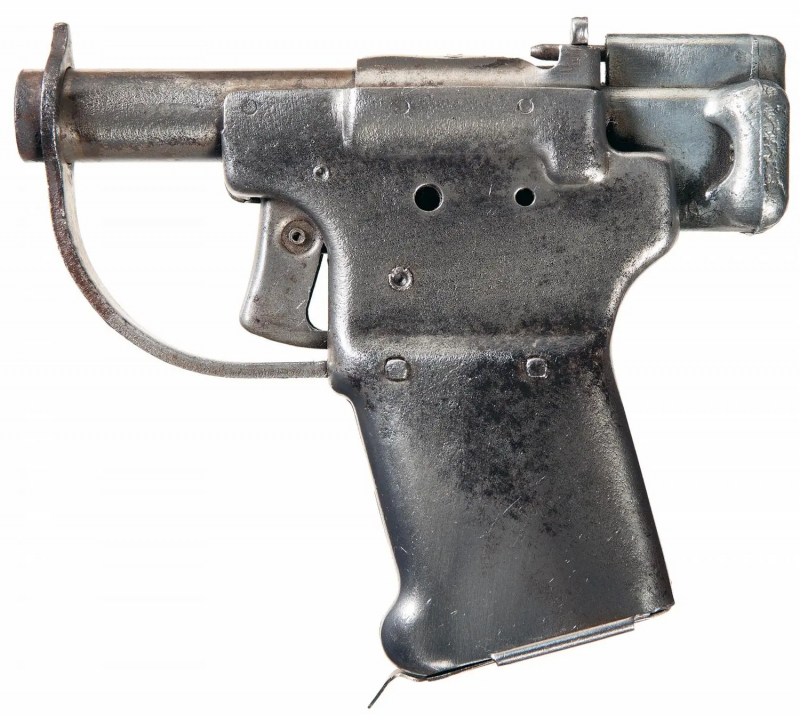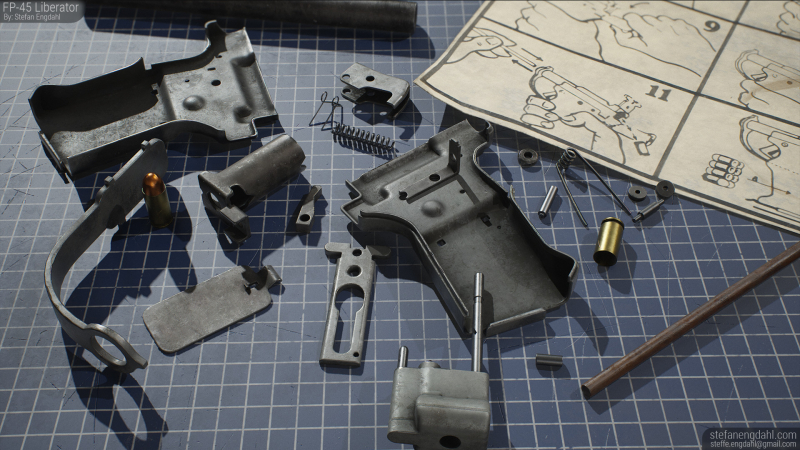The FP-45 Liberator
Shortly after the US entered World War II, the Joint Psychological Warfare Committee began looking for a method to arm resistance fighters in Axis-occupied nations. The result was the FP-45, a tiny, single-shot. 45 caliber handgun that could be mass-produced and airdropped into enemy territory on the cheap. The assumption was that resistance members would assassinate opposing troops and then steal their weapons.
The firearms would also have a psychological impact since the concept that every civilian would be equipped with a "Liberator" would make invading forces fearful. Between June and August 1942, the United States produced one million FP-45s, but the handguns never caught on in the field. They were deemed unworkable by Allied commanders and intelligence officers, and European resistance fighters preferred the "Sten," a British-made submachine gun.
While 100,000 Liberators found their way to the Pacific Theater, there is little record on how extensively or effectively they were deployed. The surviving FP-45s have subsequently become collector's items, with functional examples occasionally selling for more than $2,000.
Year of Experiment: between June and August 1942












